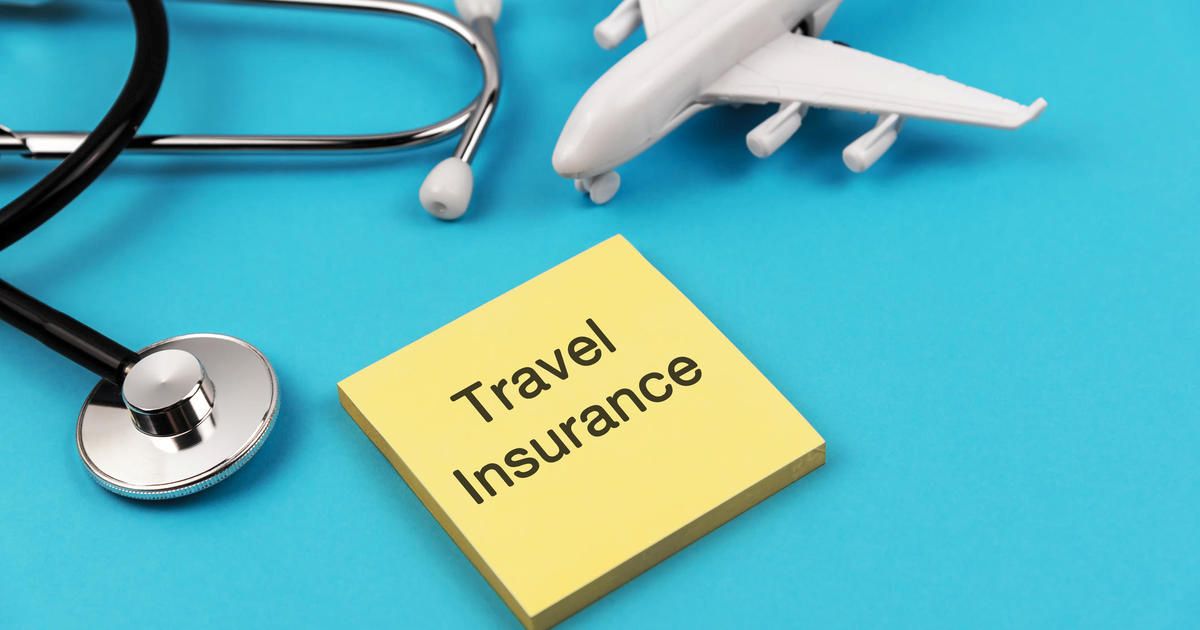
Kilimanjaro Travel Insurance Guide by Serengeti Wildlife Safaris
Climbing Mount Kilimanjaro, the tallest mountain in Africa and one of the world’s most iconic trekking destinations is a life-changing adventure. However, it requires careful preparation, and having the right travel insurance is a critical component. Serengeti Wildlife Safaris emphasizes the importance of securing comprehensive Kilimanjaro travel insurance to protect your health, finances, and overall trekking experience.
In this guide, we outline everything you need to know about travel insurance for climbing Mount Kilimanjaro and how to choose the best policy.
Why Do You Need Travel Insurance for Kilimanjaro?
Kilimanjaro’s high altitude, unpredictable weather, and physically demanding terrain make travel insurance essential. Unexpected events such as altitude sickness, medical emergencies, or trip cancellations can disrupt your plans and incur significant costs. A well-chosen insurance policy ensures peace of mind while trekking to the Roof of Africa.
Key Travel Insurance Coverage for Kilimanjaro Climbers
1. Medical Coverage
- Why It’s Important: Climbing Kilimanjaro involves physical exertion and exposure to high altitudes, which can lead to health issues.
- What It Covers: Doctor consultations, hospital stays, and medications required during your trip.
2. Emergency Evacuation
- Why It’s Important: In cases of severe altitude sickness or injury, you may require helicopter evacuation.
- What It Covers: Helicopter rescue from the mountain to a medical facility. This is especially critical for Kilimanjaro’s high-altitude environment.
3. Trip Cancellation and Interruption
- Why It’s Important: Unforeseen events such as illness, bad weather, or family emergencies may force you to cancel or cut your trip short.
- What It Covers: Refunds for prepaid expenses, including park fees, accommodation, and flights.
4. Gear and Equipment Protection
- Why It’s Important: Your trekking gear is essential for a successful climb.
- What It Covers: Theft, loss, or damage to climbing gear, such as boots, jackets, and backpacks.
5. Personal Liability
- Why It’s Important: Protects you from legal expenses in case of accidental injury to others or property damage.
- What It Covers: Legal fees and compensation costs.
Special Considerations for Kilimanjaro Travel Insurance
1. Altitude Sickness Coverage
- Ensure your policy covers treatment for altitude-related illnesses, as this is one of the most common issues faced by Kilimanjaro climbers.
2. Adventure Sports Coverage
- Standard travel insurance policies often exclude high-altitude trekking. Select a policy explicitly covering adventure activities and treks above 4,000 meters (Kilimanjaro’s summit is 5,895 meters).
3. Pre-existing Medical Conditions
- Disclose any pre-existing health conditions to ensure they are included in your coverage. Failure to do so may void your policy.
How to Choose the Right Kilimanjaro Travel Insurance
1. Comprehensive Coverage
Opt for a policy that includes:
- Medical emergencies
- Emergency evacuation
- Trip cancellation/interruption
- Adventure sports coverage
2. Policy Exclusions and Limits
Review the fine print to understand what’s excluded, such as specific activities, altitude limits, or pre-existing conditions.
3. 24/7 Assistance Services
Select a provider that offers round-the-clock emergency assistance for quick support during your climb.
Where to Buy Kilimanjaro Travel Insurance
- Specialized Providers: Companies like World Nomads, Allianz, or Global Rescue offer insurance plans tailored for adventure travel and high-altitude trekking.
- Compare Policies: Use comparison tools to find the best coverage at competitive rates.
Pro Tips for Filing Insurance Claims on Kilimanjaro
- Keep Documentation Handy: Carry a copy of your policy and contact details for your insurance provider.
- Notify Your Insurer Promptly: Inform your insurance company immediately in case of an emergency or claim.
- Retain Evidence: Save receipts, medical reports, and any other documentation required for your claim.
